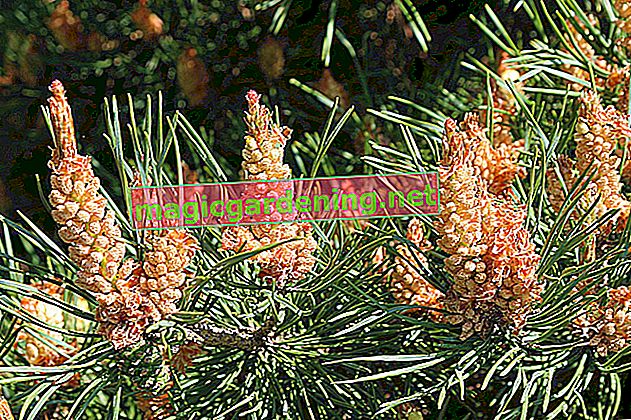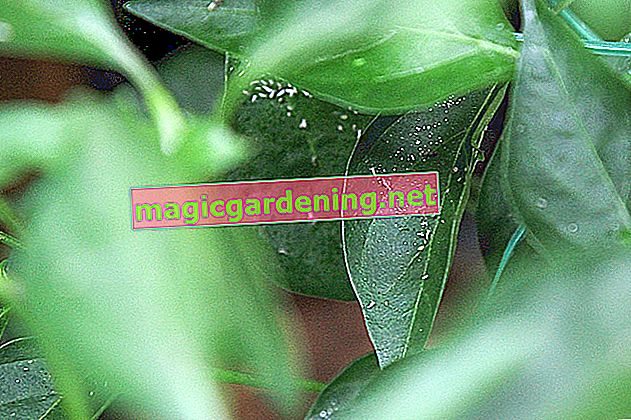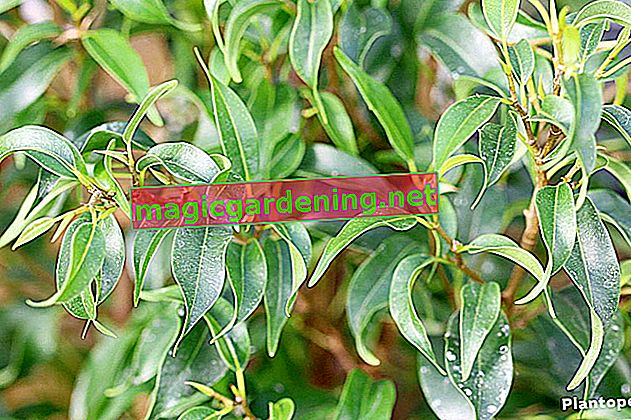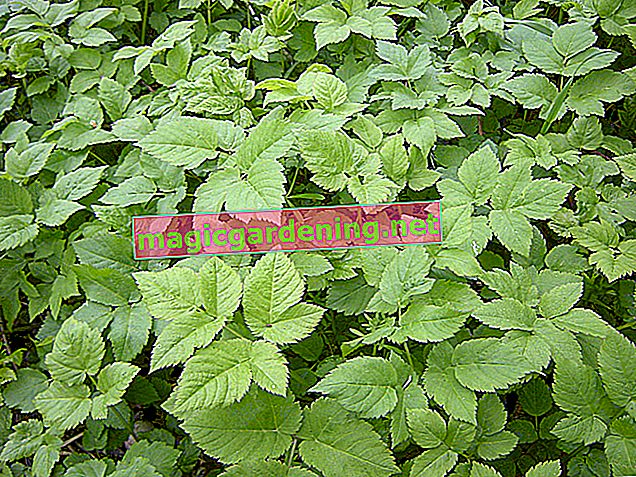
Common pests of the pine
More and more pine pests are being introduced by humans due to globalization. Most species come from America, but now threaten many European forests. These include numerous species of the bark beetle, for example
- the pine tram
- or the Kiefernwipfel deep-eyed buck
also read
- How to recognize and treat diseases of the jaw
- Recognize and control pests on the European beech hedge
- Recognize and fight pests on the golden fruit palm
In addition, butterflies lay like
- the jaw tensioner
- the pine owl
- or the pine hawk
like to pin their eggs on the jaw. Your caterpillars then feed on the wood, so that your jaw slowly and gradually dies.
Also wasp species like
- the pine sawhorn wasp
- or the pine sawfly
or other beetles like
- the pine weevil
- or the pine splendor beetle
have made the pine their source of food, to the chagrin of many gardeners.
However, the pests mentioned are considered comparatively harmless. The following parasites, however, are a serious threat:
nuns
Nuns have a particularly high occurrence after dry, hot summers. They then multiply explosively. Your jaw can often recover from an infestation. Unfortunately, it often does not stay there, so that if the branches are eaten again, the tree will die. Forestry is allowed to use special pesticides to combat it. However, these are not approved for private use.
Pine wood nematode
Fortunately, this pest has remained far away from forests in Germany so far. A local spread would have serious consequences and would destroy a large part of the coniferous forests.
How to proceed in the event of a pest infestation
Small organisms on your jaw are not always harmful. Therefore, you should never act hastily.
- notify the responsible forestry office
- Find out more about protected butterfly and insect species from the Naturschutzbund
- get the opinion of a professional
- always prefer natural treatments to chemical poisons








